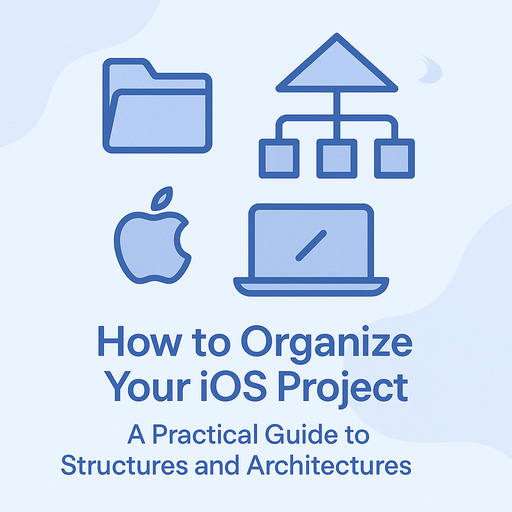Medium
2M
321

Image Credit: Medium
How to Organize Your iOS Project: A Practical Guide to Structures and Architectures
- Choosing the right project structure in iOS development can impact codebase health and longevity.
- Organizing by type keeps the project neat initially but may lead to scattered logic as the app grows.
- Feature-based structuring groups code by feature, promoting modularity and separation of concerns.
- Isolating features in separate modules is common in larger teams or enterprise-level apps for better organization.
- Clean Architecture emphasizes separation of concerns with layers like Presentation, Domain, and Data.
- VIPER architecture offers strong separation of concerns and testability but can be complex for smaller projects.
- Hybrid approaches blending different structures or gradually implementing advanced architectures are common in real-world projects.
- Adapting project structure to team needs and project requirements is key, focusing on clarity and maintainability.
- Choosing the right structure from the start and evolving it as needed is crucial for scalability and collaboration.
- Refactoring, modularizing, or adjusting the project structure over time is important for effective project scaling.
Read Full Article
19 Likes
For uninterrupted reading, download the app